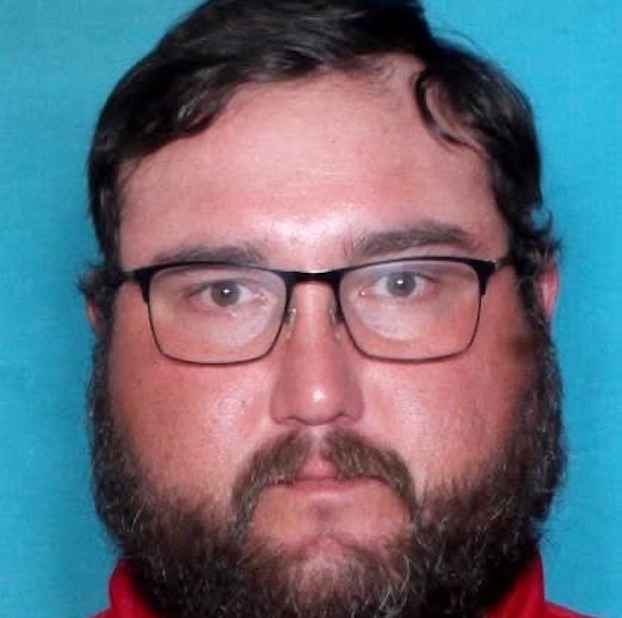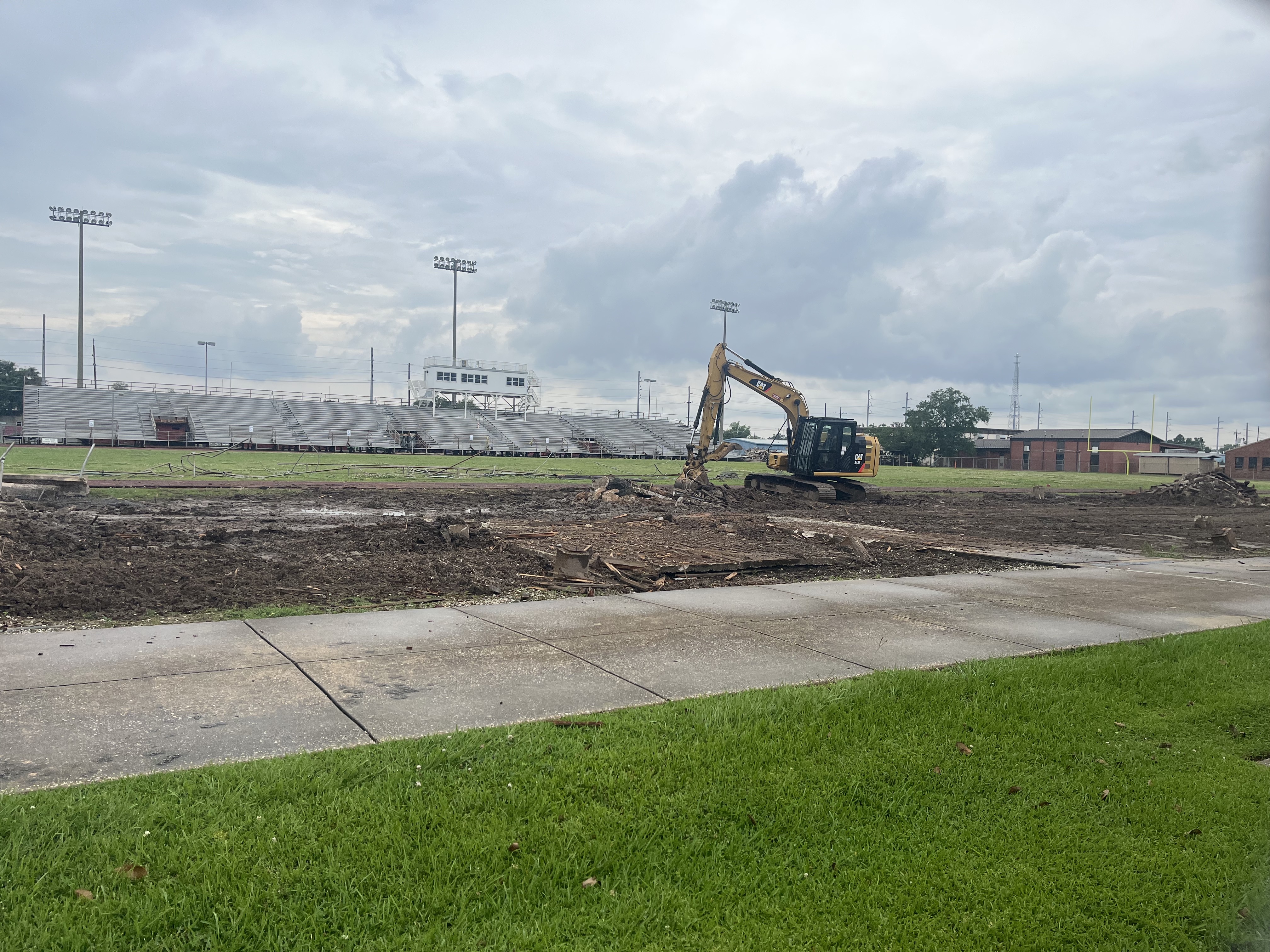Dyson family looking for answers six years after murder
Published 5:05 pm Sunday, November 6, 2011
As Southwest Louisiana residents continued to recover from Hurricane Rita, a Nov. 5, 2005, homicide began what the victim’s sister called a “roller coaster” of tragedy.
Today, Miranda Brown lives in Sulphur with her family, but in November 2005, Brown and the rest of her family were scattered across several states having lost their Cameron Parish homes to the storm.
Brown was living in Alabama when her brother called to say he was identifying the body of their sister, 32-year-old Brandy Dyson.
Brown said her family had not had contact with her sister for quite some time.
“For 10 years we didn’t see her,” Brown said. “She lived in New York City, and not the good parts of New York.”
In the months leading up to her death, Dyson returned to Southwest Louisiana and was living in an apartment in Kinder.
When she took in some Hurricane Katrina evacuees, her landlord kicked her out, and she ended up in Lake Charles living at the Civic Center, which was serving as a shelter for hurricane victims.
When Dyson was kicked out of the shelter for drinking, Brown said she began living around the piers by the lake near where her body was found by a jogger on Nov. 5.
Lake Charles police investigated the case, and the Calcasieu Parish Coroner’s Office declared the death a homicide.
Dyson’s cause of death has not been released, but it was “very violent,” Brown said.
The investigation seemed to be going well when detectives arrested a suspect exactly one month later in Tacoma, Wash.
In January 2006, a Calcasieu Parish grand jury indicted the suspect, Jeremias Ruiz Salazar, on one count of second-degree murder.
Brown said she felt the case was progressing well and had weekly contact with Lake Charles police until July 2007, when Salazar’s case went back before the grand jury.
Calcasieu Parish District Attorney John DeRosier said DNA evidence was discovered that excluded Salazar as a suspect. The murder charge was dismissed, and Salazar was set free.
“The grand jury felt that there was not sufficient probable cause to go forward,” he said.
Discouraged that authorities were not as close to solving her sister’s slaying as she thought, Brown said she was unsure where to turn for help.
In September 2008, Hurricane Ike brought even more devastation to Cameron Parish and Brown’s family when floodwaters washed away Dyson’s casket.
Brown said the authorities found the remains, and the family reburied Dyson.
Now, Brown and her family can do nothing but wait patiently as police search for additional evidence that could help solve the case.
“I think law enforcement is going to have to take the next step,” DeRosier said. “I know they continue to look into these things, particularly in this case because I’ve talked with them about it in the past.”
DeRosier said that if new evidence does surface and leads to a suspect, his office will review it and begin the prosecution process again if appropriate.
In the meantime, Brown and her family are left to deal with the loss of a loved one without the closure of justice.
“We see Lake Charles as a small town, and it’s hard to believe something like that would happen here. It happens more than we think, and I know that now,” Brown said.
Dyson left behind two children — a 16-year-old daughter and 6-year-old son, who are living with family members.
“She was an unselfish mother who loved her kids more than anything. She knew she couldn’t take care of them the way she needed to, and instead of being selfish and getting her kids taken away, she gave her kids a better life,” Brown said.
Anyone with information on Dyson’s death can contact Deputy Police Chief Thomas Bell at 401-1338.
Maranda Brown holds a picture of her sister





